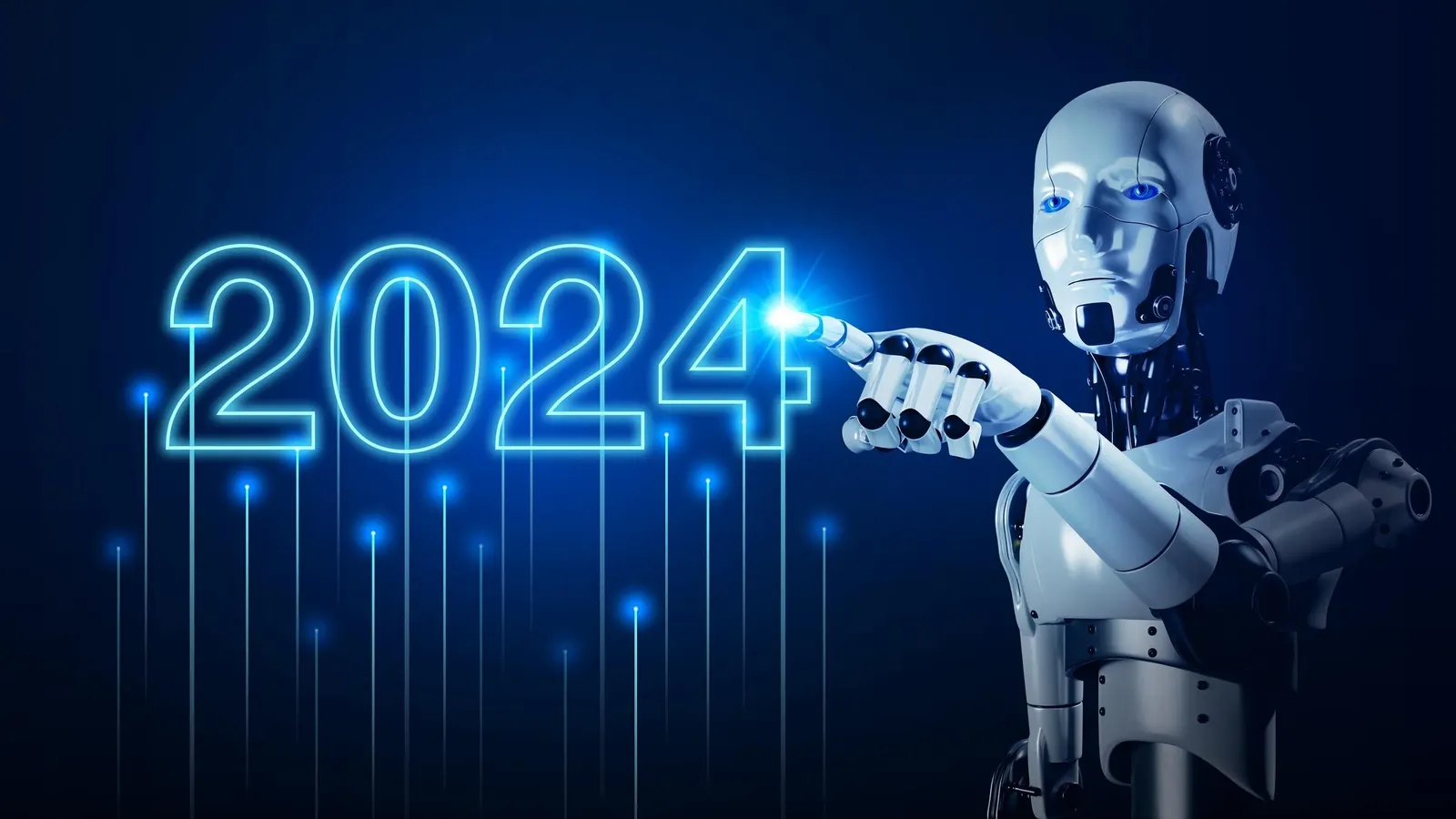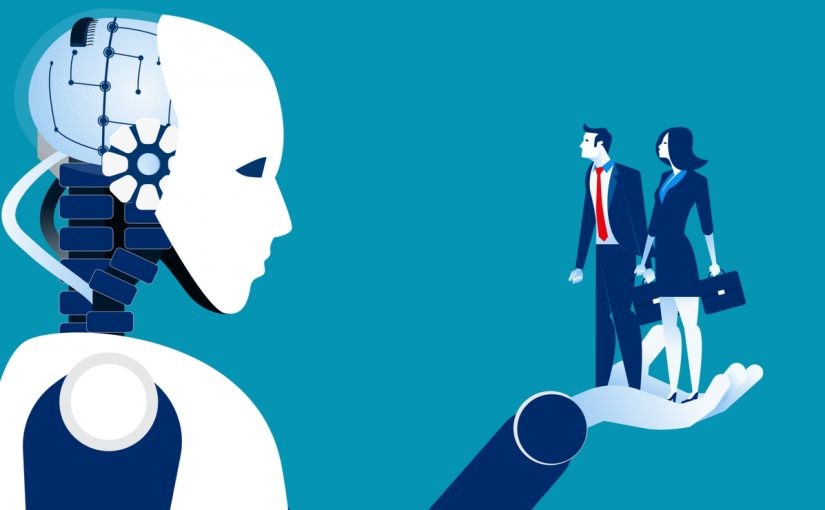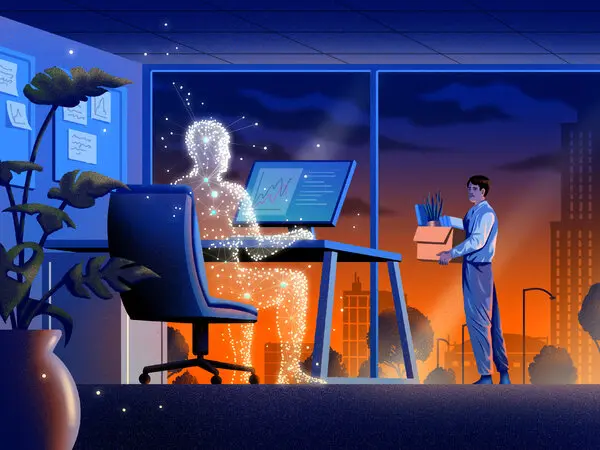As artificial intelligence (AI) continues to evolve, 2024 promises to be a pivotal year for this transformative technology. From groundbreaking innovations in healthcare to AI-powered smart homes and self-driving vehicles, the hype surrounding AI is immense. But what’s often left out of the mainstream discussions? Beneath the surface of all the excitement, there are important nuances and challenges surrounding AI that experts may not fully address. Here’s a deeper look at what’s happening with AI in 2024—and what you need to know.
1. The Growing Challenge of Bias in AI Systems
One of the most pressing issues in AI development is bias. While experts often focus on AI’s potential to revolutionize industries, they rarely emphasize the deep-rooted biases in AI systems. AI algorithms are trained on massive datasets, but if these datasets reflect historical prejudices or social inequalities, AI can perpetuate or exacerbate these biases.
Biased AI systems have already led to unfair outcomes in fields like hiring, law enforcement, and lending. Despite advancements, bias remains a significant challenge in 2024, and experts are still working on solutions to ensure that AI systems are fair, transparent, and equitable. It’s essential to understand that while AI holds enormous promise, its ability to perpetuate systemic inequalities is a real concern that must be addressed head-on.
2. The Environmental Cost of AI
AI’s rapid growth comes at a significant environmental cost, often glossed over. Training complex AI models—especially deep learning models—requires massive amounts of computational power, which in turn consumes a lot of energy. In fact, AI’s carbon footprint is on par with the emissions of entire countries.
The vast data centers needed to power AI systems require cooling and electricity, contributing to growing concerns about sustainability. While many companies tout AI as a tool for efficiency, more need to address the environmental implications. As AI continues to expand in 2024, it’s essential that the tech industry find ways to reduce its environmental impact without sacrificing its potential for innovation.
3. Privacy and Data Security in the AI Era
As AI increasingly integrates into our lives, our data becomes the lifeblood that fuels algorithms. From smart devices that track your habits to health apps that monitor your vitals, AI systems rely on vast amounts of data to function effectively. However, this data also presents significant privacy risks.
In 2024, experts are still grappling with data security and how to protect users from unauthorized access. In a world where AI can predict your preferences, shopping habits, and potential health problems, safeguarding your personal information has never been more critical. Despite advances in encryption and data protection, privacy breaches and misuse of personal data continue to be major concerns that are often downplayed by the industry.
4. Job Displacement and the Future of Work
While many experts highlight how AI can improve productivity and efficiency, the uncomfortable truth is that AI’s rise will lead to job displacement in many sectors. Automation, powered by AI, has already started to replace jobs in industries like retail, transportation, and customer service, and this trend is expected to accelerate in 2024.
Although new jobs will be created in AI-related fields, the transition period could be challenging for workers who don’t have the necessary skills to thrive in this new economy. Upskilling and reskilling will be essential to ensure that workers aren’t left behind. The conversation around AI and employment needs to move beyond just the promise of new opportunities to focus on how to address the displacement and retraining of workers in industries most affected by automation.
5. AI’s Impact on Creativity and Human Expression
Another aspect of AI often under-discussed is its effect on human creativity. AI has already shown its ability to generate art, music, and even literature, raising questions about human creativity’s value. As AI continues to evolve, it will become increasingly difficult to distinguish between what is created by humans and what is generated by machines.
While AI can undoubtedly assist in creative processes, there’s a real fear that it could overshadow human expression, leading to homogenized and formulaic outputs. In 2024, we need to consider the role of AI in creativity—how it can enhance human potential while respecting the unique, irreplaceable value of human artistry and intuition.
6. The Growing Power Imbalance of AI
AI’s rapid development also increases the power of tech giants who control the most advanced AI systems. In 2024, the dominance of companies like Google, Microsoft, and Amazon has reached unprecedented levels, and they hold the reins to the future of AI. This centralization of AI power poses serious concerns about monopolies and the potential misuse of AI for commercial or political purposes.
As these companies amass more data and control over AI technologies, we must consider how to regulate AI to prevent it from being used in ways that benefit only a few while leaving the majority behind. The growing power imbalance between large corporations and consumers will be one of the defining challenges of AI in the coming years.
Final Thoughts
While AI in 2024 promises unprecedented innovation and progress, it’s essential to recognize the challenges that come with it. From issues of bias and privacy to environmental impact and job displacement, these problems need to be addressed if we want to ensure that AI benefits everyone. As AI continues to evolve, we must have honest conversations about its potential and limitations, ensuring we approach this powerful technology with caution, responsibility, and an eye toward equity.




